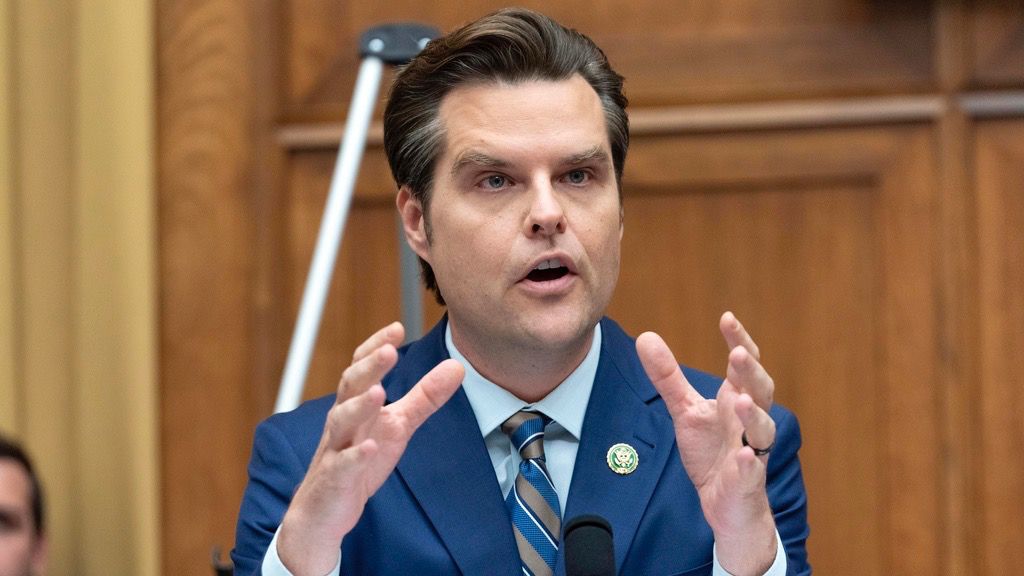WASHINGTON — As President-elect Donald Trump continues to roll out nominees to fill influential positions in his second administration, there are growing questions about how difficult it will be for some of his more controversial choices to make it through the Senate approval process.
Trump’s pick of Former Florida Rep. Matt Gaetz, who has been under investigation for sexual misconduct, for attorney general and Robert F. Kennedy Jr., a former Democrat who is skeptical about vaccines and has previously referred to himself as “pro-choice,” to head up the Health and Human Services Department are two of the names, for instance, that have been at the forefront of such conversations.
With the GOP expected to hold a 53-47 majority in the upper chamber next year – the ongoing recount in Pennsylvania’s ultra-tight senate race could impact this – any of Trump’s nominees can only afford to lose three Republicans if all Democrats vote in opposition.
But how common is it for a president’s Cabinet-level nominee to be cast aside by the Senate, especially one controlled by his own party?
According to a record kept by the U.S. Senate, it is rare for an appointee to be outright rejected by a vote on the Senate floor. The Senate’s log shows that only nine nominees for Cabinet positions have faced such a fate in history, with six coming before the start of the 20th century.
The most recent time a president’s choice to lead an executive department in his administration was rejected was in 1989, when George H.W. Bush’s pick for Defense Secretary, John G. Tower, fell in the Senate by a vote of 47-53. Democrats controlled the upper chamber at the time. Tower, a former Texas senator who served on the Armed Services Committee, became mired in allegations of alcoholism and “womanizing.”
It is notably more common, however, for nominees to be withdrawn when it becomes clear there is little path to their confirmation before the vote is taken. In fact, every president dating back to George H.W. Bush has had at least one Cabinet-level nominee withdraw.
Although, it should be noted that current President Joe Biden’s situation was slightly different, as the position in which his nominee had to be withdrawn was to head the Office of Management and Budget, not one of the 15 secretary-level roles.
The most recent time a president’s pick for attorney general was withdrawn was under Bill Clinton in 1993. Zoe Baird withdrew from consideration before a vote took place in the Senate amid controversy around her hiring two immigrants living in the country illegally for child care, according to reports.



